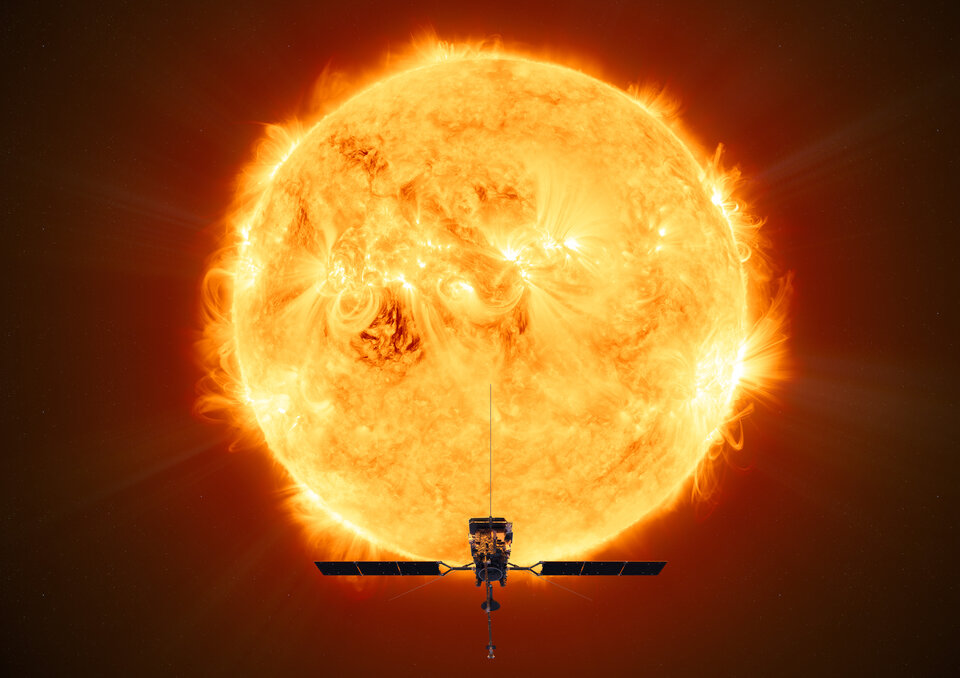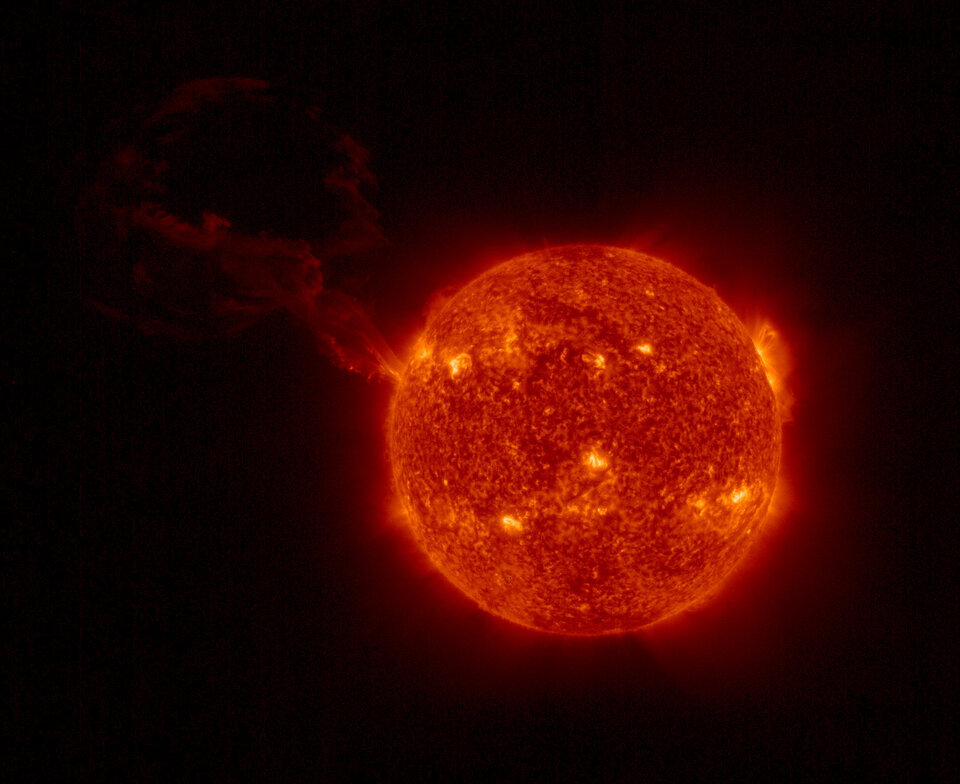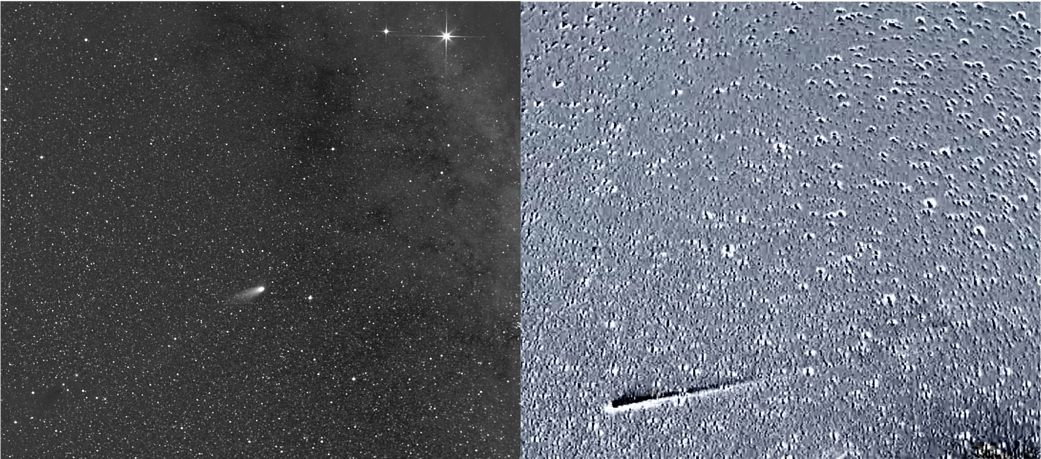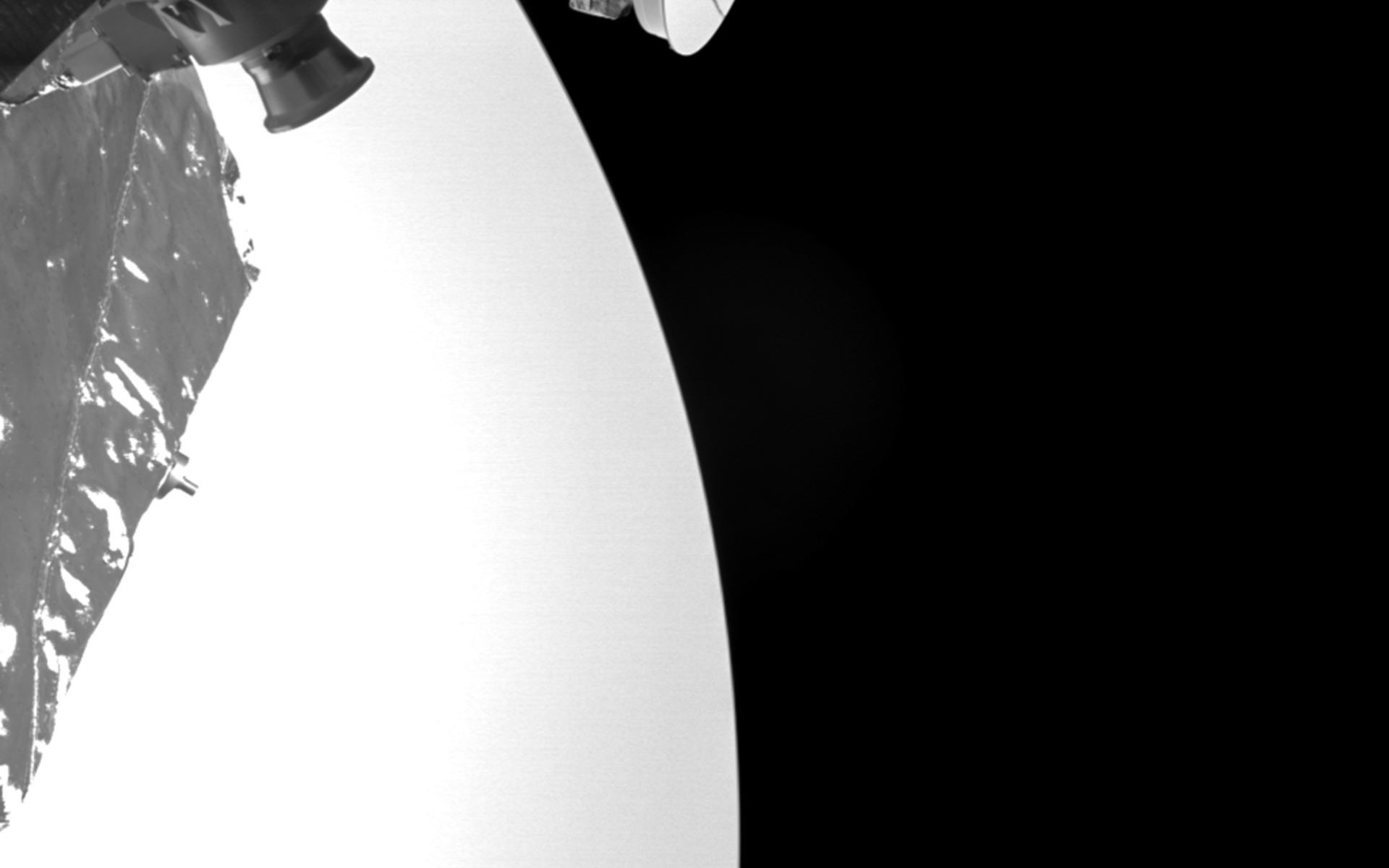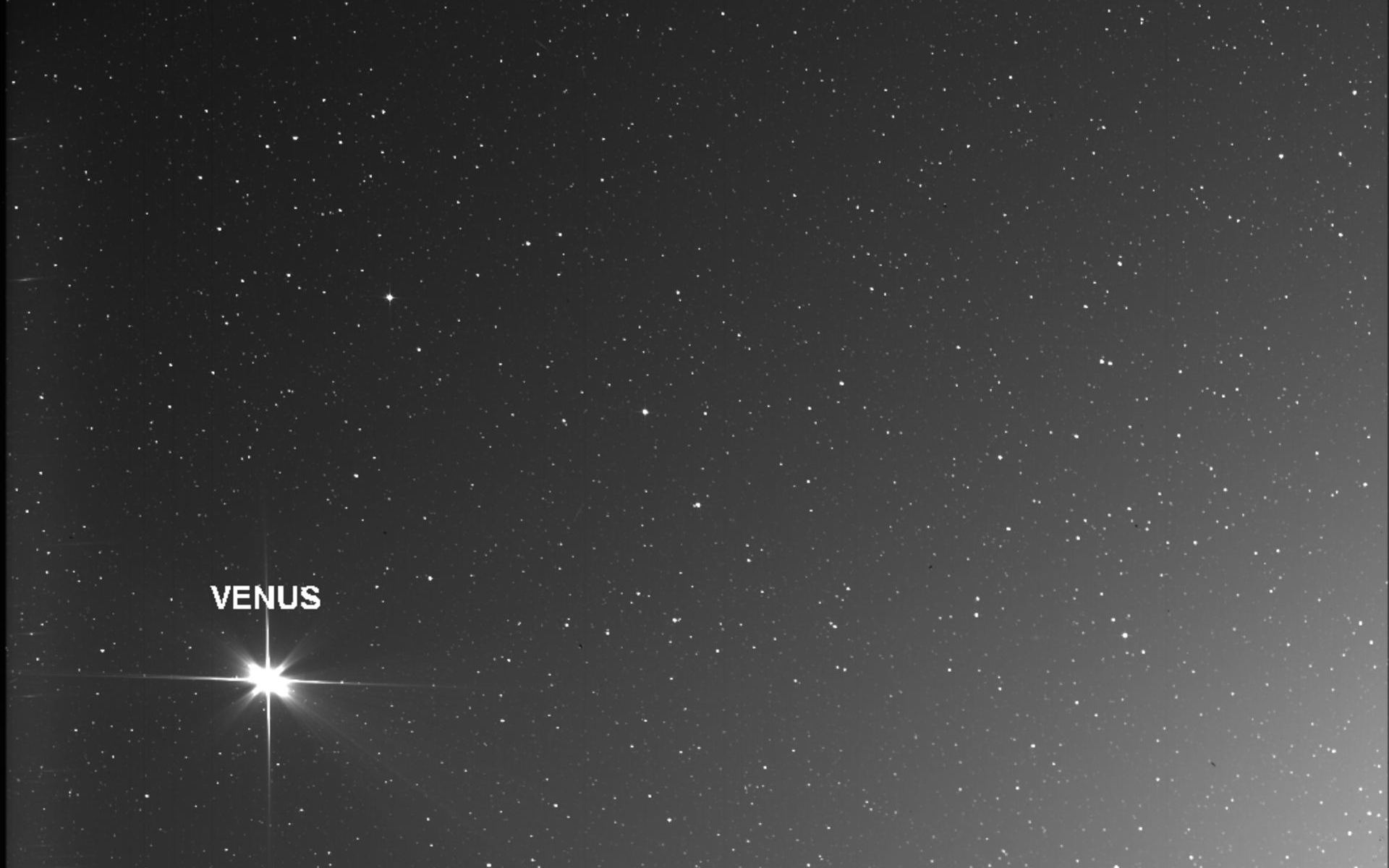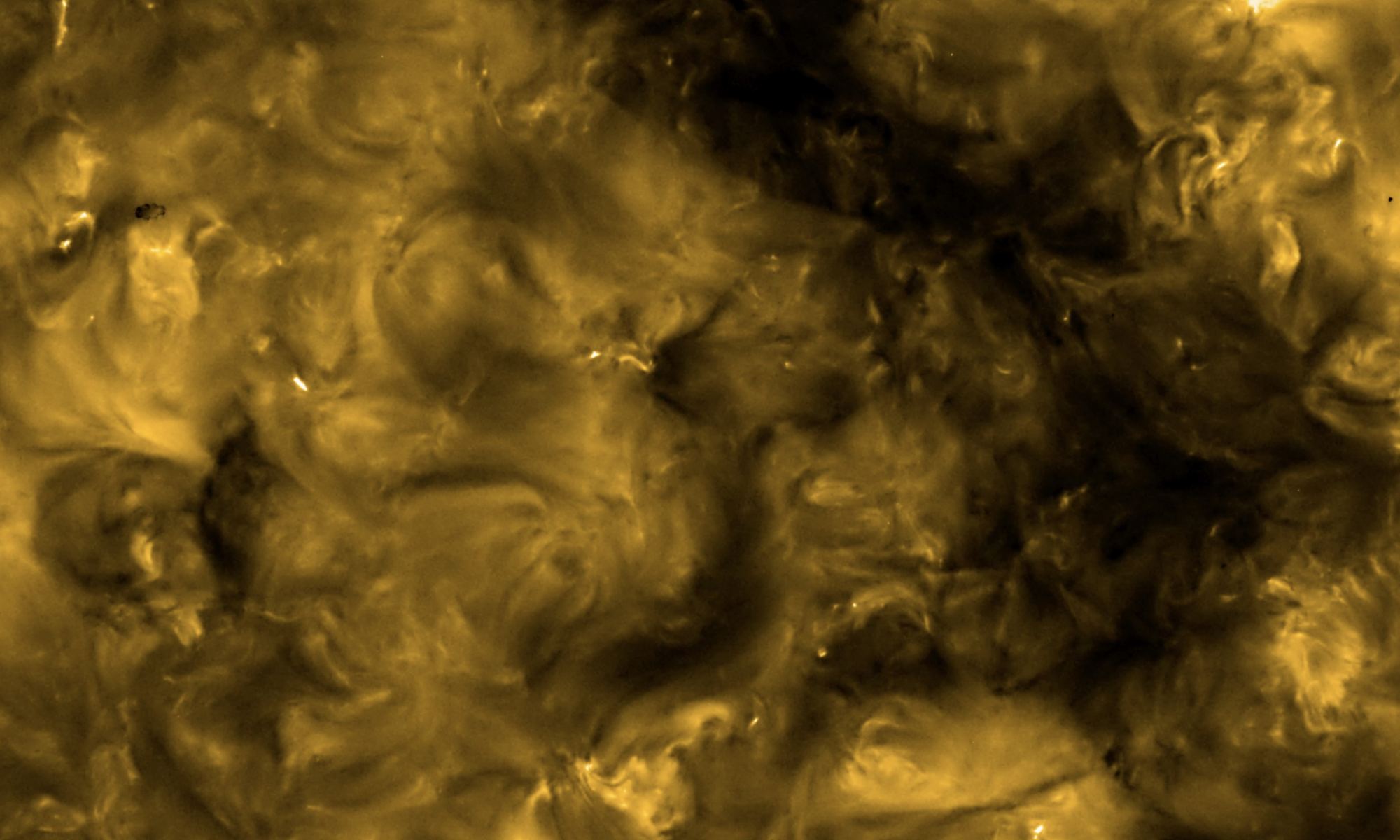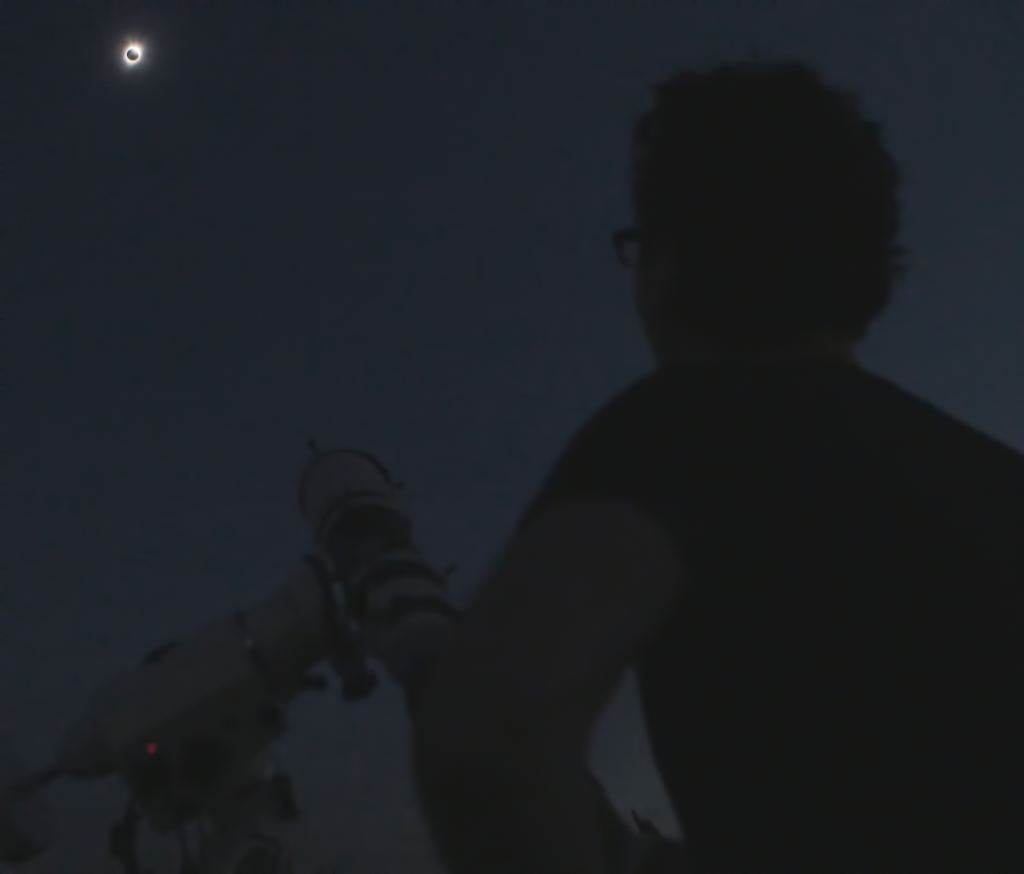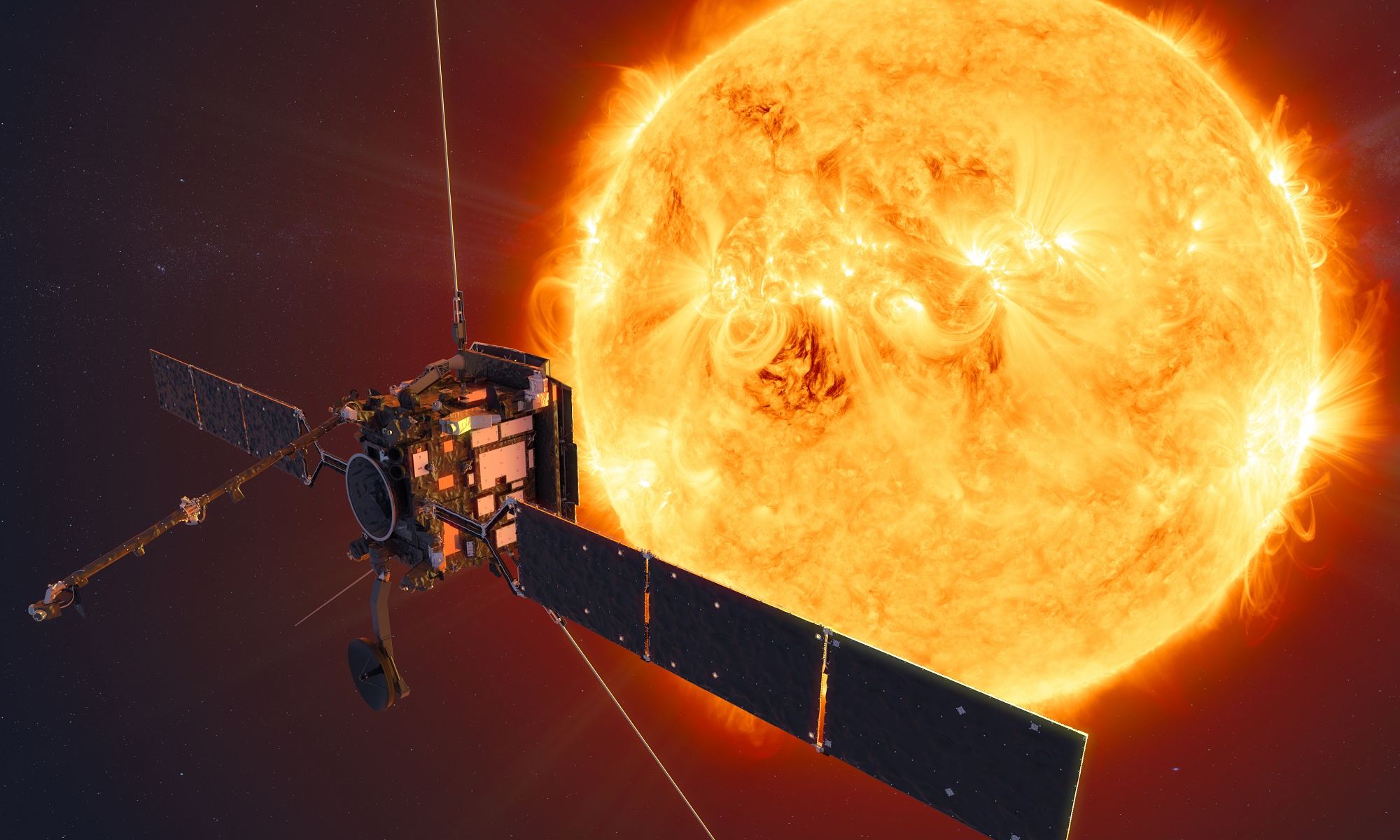The European Space Agency’s Solar Orbiter snaps an amazing image, en route to its first close pass near the Sun.
You’ve never seen the Sun like this. Earlier this month, the European Space Agency’s Solar Orbiter captured an amazing view of our host star.
The images were snapped on March 7th, as Solar Orbiter passed directly between the Earth and the Sun. There was an explicit reason for this, as the science team wanted to calibrate and compare the images with Earth-based and missions in Earth orbit, to include the Inouye solar observatory, NASA’s Solar Dynamics Observatory and the joint ESA/NASA Solar Heliospheric Observatory (SOHO), located at the Lagrange (L1) Sun-Earth point.
Continue reading “ESA’s Solar Orbiter Takes a Ludicrously High Resolution Image of the Sun”
